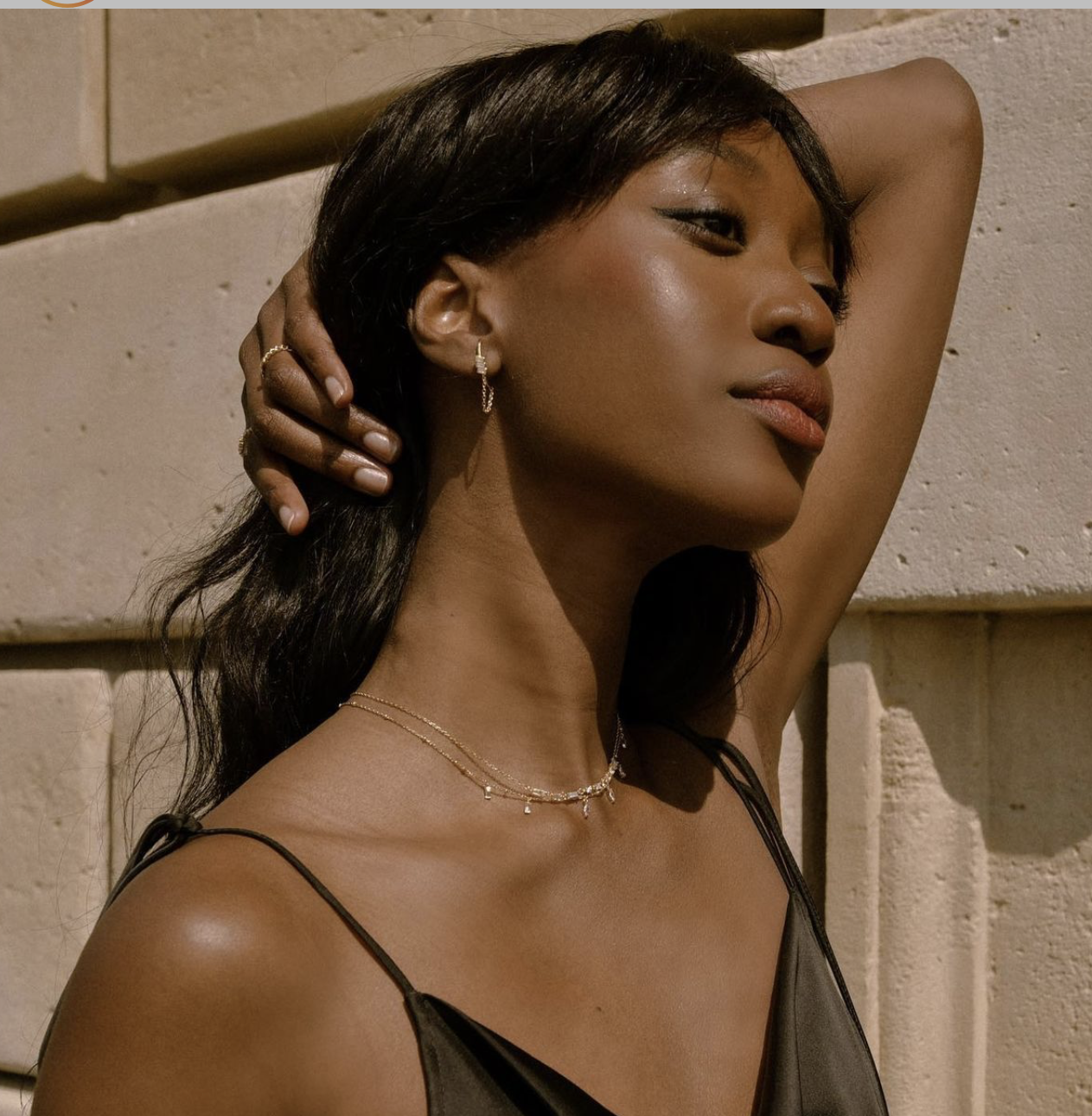Beauty...

By Melisssa Epifano
We all have that one item sitting in the depths of our makeup bag that rarely sees the light of day. It’s not that we don’t like it—truthfully, it’s usually because we have no idea how to actually use it. Blush is one of the more commonly exiled compacts in most bathroom cabinets, and you’re not alone if you’ve been confused by it.
Sure, there’s the very straight forward age-old advice of putting it on the apples of your cheeks, but there’s a very fine line between a flirty flush and making yourself look as if you’ve just eaten a chili pepper. Does blush actually just belong on the highest points of your cheeks? And before you even think about applying it, what color should you be wearing anyway?
Thankfully, we spoke with three knowledgeable makeup artists to help save the day. Before you know it, you’ll have the confidence to pick out the perfect shade and know how to put it on like a pro.
View this post on Instagram
Sébastien Tardif, celebrity makeup artist and co-founder of Veil Cosmetics, who has worked with the likes of Naomi Campbell, Nelly Furtado, Jane Fonda, Olivia Palermo, has a fresh perspective when it comes to rouge.
“I like to approach the blush color section with a correcting eye: which means that if you have a complexion with a pink undertone, select a warmer color to flatter your skin so as to not enhance the pink and make it look like a rash or rosacea,” he explains. “On the other hand, if your complexion is more on the gold/olive side, choose a cool-toned color to enliven and brighten. If you have a more neutral skin undertone (pink and gold at once) you can choose whatever you like.”
For finding a specific shade, you’re in luck—even if you’ve been picking at choosing at random. Terri Bryant, celebrity makeup artist and founder of GUIDE BEAUTY, says that it’s totally possible to wear multiple shades across multiple skin tones (phew).
“I find the brighter, more jewel-toned shades with a bit of shimmer to be the most universal in my kit” she says.
Although you can probably make anything work, Bryant broke it down into useful color categories.
Sophie Knapp, a cosmetologist, and beautician at skincare and cosmetics line Oxygenetix, echoes this concept, furthering, “To determine the best shade of blush to use, first take a look at your skin’s undertone. Find a blush that has the same tones and colors as your cheeks do without makeup on,” she says, also mentioning that you can look to your neck, chest, palms of hands, and ears to find your undertone, too.
“If you have light/fair skin, are you more rosy pink or peachy pink? If you have darker skin are you more rosy or golden? If you have rosy, burgundy, or pink undertones you will look great with pink and magenta blushes and rose gold bronzers. Golden and peach undertones, on the other hand, look best with peach or orange toned blushes and golden brown bronzers,” Knapp says.
View this post on Instagram
That’s right, type of blush matters, too. “The key is to work with textures and pigments that blend well with your skin. I usually opt for a cream blush, or a powder/cream combo.
On any given day just running around, a cream blush is quick, easy, and melts into the skin for a naturally flushed, ‘lit from within’ effect,” says Bryant.
Gel blushes are also a smart option, “[They] are the most universally flattering for any skin types as they truly blend with ease and most successfully melt with your complexion,” says Tardif. He adds that oily skin is about the only type that can do best with powder formulas, and in most cases, no matter the skin type, gel, cream, and liquid are great.
Knapp is also on board when it comes to liquid and cream textures, contributing that “powdered blushes should be avoided especially if you have fine lines and wrinkles as they will sit in the creases and make you look older.”
Now that you have your tones and types down, it’s equally as important to get the technique down pat, too.
The general consensus is ensuring the blush works its way in an upward motion. All three makeup artists warn that incorrect placement or a downward motion can age your face and give you less-than-ideal results. “I like to work in sheer layers using a fan brush,” says Bryant, who uses blush after foundation to bring dimension and color back to the face. “The long, fanned out brush hair picks up less pigment, which prevents a heavy-handed application. You can then build the color as desired.”
Bryant also provided the perfect tip for finding the correct placement on your face: you can either draw an imaginary line from the top of your ear to the side of your nostril and follow that motion or use your fingers.
“The best rule of thumb is actually two fingers. Place your index and middle finger against the side of your nostril,” she says.
“That’s your guide, as blush should not come any closer to the center of the face than the edge of where those two fingers land. When applying, work in sheer layers, blending as you go to soften and diffuse the edges.”
And as parting words from Tardif he simplifies the process down to three words: “Blend, blend, and blend. Leaving any harsh lines can only lead to a messy looking application and take away any realness to the finish.”